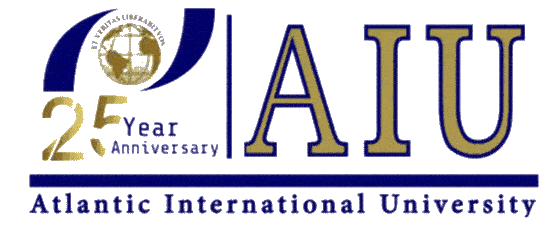Unlocking Success: A Comprehensive Guide to Selecting and Assessing Employees
September 22, 2023 2023-09-22 12:33Unlocking Success: A Comprehensive Guide to Selecting and Assessing Employees

Unlocking Success: A Comprehensive Guide to Selecting and Assessing Employees
Hiring the right talent is the cornerstone of any successful organization. It’s the people who drive innovation, productivity, and growth. However, the process of selecting and assessing employees is far from simple. To find the perfect fit for your team, it requires a well-thought-out strategy and a keen understanding of the key competencies necessary for a specific role. In this article, we delve into valuable insights and strategies that can help employers and HR professionals streamline their selection process and ensure they’re recruiting the best candidates for their organizations.
1. Identifying Key Competencies
The first step in the hiring process is identifying the competencies essential for the job. Start by understanding the specific skills, knowledge, and attributes that will contribute to success in the role. These competencies can vary widely depending on the job and industry. For instance, a software developer might require technical skills like programming languages, while a customer service representative may need strong communication and problem-solving abilities.
To define these competencies, consult with current employees who excel in similar roles, and consider the qualities that have contributed to their success. Once you have a clear picture of what you’re looking for, you can create job descriptions and candidate profiles that align with these competencies.
2. Conducting Effective Interviews
Interviews are a critical component of the employee selection process. They provide an opportunity to assess a candidate’s qualifications, experience, and cultural fit. To make your interviews more effective:
- Structured Interviews: Develop a set of standardized questions that are relevant to the job and competencies you’ve identified. This ensures that each candidate is evaluated consistently.
- Behavioral Questions: Ask candidates about their past experiences, using questions like “Can you provide an example of a time when you had to resolve a challenging problem at work?” This helps assess their problem-solving and decision-making skills.
- Cultural Fit: Don’t underestimate the importance of cultural fit. Assess whether a candidate’s values and work style align with those of your organization. A harmonious team is often more productive and cohesive.
3. Using Assessment Tests
Assessment tests can provide valuable insights into a candidate’s abilities and potential. These tests can vary widely, from cognitive assessments to personality tests. When using assessment tests, keep the following in mind:
- Relevance: Ensure that the tests are directly related to the competencies required for the job. For example, if attention to detail is crucial, consider a test that evaluates this skill.
- Standardization: Use validated and standardized tests to ensure fairness and accuracy in the assessment process.
- Transparency: Communicate to candidates why you’re using a particular test and how the results will be used in the hiring decision.
- Ethical Considerations: Be mindful of legal and ethical considerations when using assessment tests. Avoid any tests that may discriminate against certain groups or violate privacy rights.
As you refine your selection process, consider leveraging technology to streamline and enhance assessments. Video interviews, for example, can provide a more holistic view of candidates, and applicant tracking systems can help manage the recruitment pipeline efficiently.
In conclusion, selecting and assessing employees is a multi-faceted process that requires careful planning and consideration. By identifying key competencies, conducting effective interviews, and using assessment tests, you can make informed hiring decisions that contribute to the success of your organization. Remember that continuous improvement is key – regularly review and update your selection process to stay aligned with evolving job requirements and industry trends.
For a deeper dive into this topic, be sure to watch our informative video on Selecting and Assessing Employees. It provides additional insights and practical tips to further enhance your recruitment practices.























